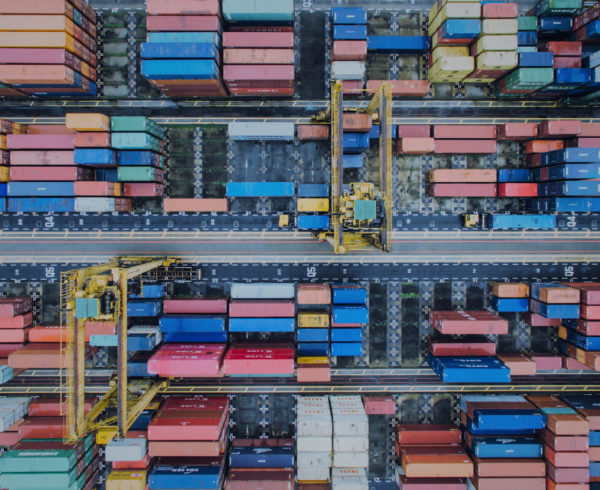The management of transport and logistics, and the systems underpinning it, has been revolutionised over the last 20 years. No longer are shippers and logistics providers relying on small teams of human resources, spreadsheets and phone lines.
Today, as local and global markets have become increasingly globalised, shippers and logistics providers require robust, always-on-and-accessible transport management systems (TMS) to manage the complexity inherent in today’s logistics value chains.
What is a Transport Management System?
A TMS, as defined by Gartner, is a system used to plan freight movements, rate freight and shipping across different modes, select the appropriate route and carrier and manage freight costs and payments. An effective and efficient TMS is critical to the execution of high volume omni-channel e-commerce and traditional freight movement, the bedrock of a functioning economy.
Critically a TMS facilitates interactions between an organisation’s order and warehouse management systems and/or distribution centre. A TMS is the focal point that pulls together the different moving parts of a value chain into a high functioning logistics ecosystem.
What are the benefits of a Transport Management System?
The benefits of a TMS system are found in its ability to:
- Add predictability within a value chain
- Increase and allow access to critical information through analytics, and
- Unsurpassed connectivity and increased efficiency to leverage excess capacity.
These benefits all positively effect a freight or logistics provider’s profitability. This is because increased predictability and access to information – supply chain visibility – allows a provider to make faster and higher quality decisions that has a net impact on cost reduction and operational efficiency.
If a logistics provider knows where a shipment is within the value chain, they can optimally assign resources to that shipment through interlinked communication channels within the TMS. In terms of stock management, a TMS allows a logistics provider to know how much stock is left in a warehouse, the projected rate at which that stock will be exhausted and when that stock should be replenished and to what degree. In this way, excess stock becomes a challenge of the past.
These efficiencies may seem small individually, but stacked upon one another, a TMS can create savings of approximately 10% per annum, a margin Transnova has consistently delivered for its clients. When a provider is dealing in magnitudes of tens of millions of Rands, Dollars or Euros, that represents a significant saving that can be repurposed elsewhere within the organisation.
Transnova’s supply chain expertise and TMS model
Transnova, a leading independent logistics advisory, technology and managed services firm that helps companies unlock hidden value in their supply chains. Transnova is part of the Letsema family.
Transnova’s goal is to always unlock the latent value in our partner’s supply chain. We have leveraged our 4PL logistics expertise to deliver over R350 million in savings to our clients.
This is achieved through combining our intellect and logistics consulting experience with the BluJay Transport Management System, among the world’s leading TMS systems. Transnova is the exclusive partner of BluJay Systems in Africa, with our clients and partners enjoying a consulting and systems competitive edge not available elsewhere on the African market.
Transnova’s integrated transport management process leverages industry-leading insights and technology combined with our obsession with adding value in partner organisations. Our end state with any partner is to leave them in a better state than when we arrive. Transnova has achieved this preferred end state has been achieved with leading South African and international organisations.
If you would like to learn more about how Transnova – a member of the Letsema family – can take your organisation’s supply chain and logistics to the next level, visit www.transnova.co.za.









